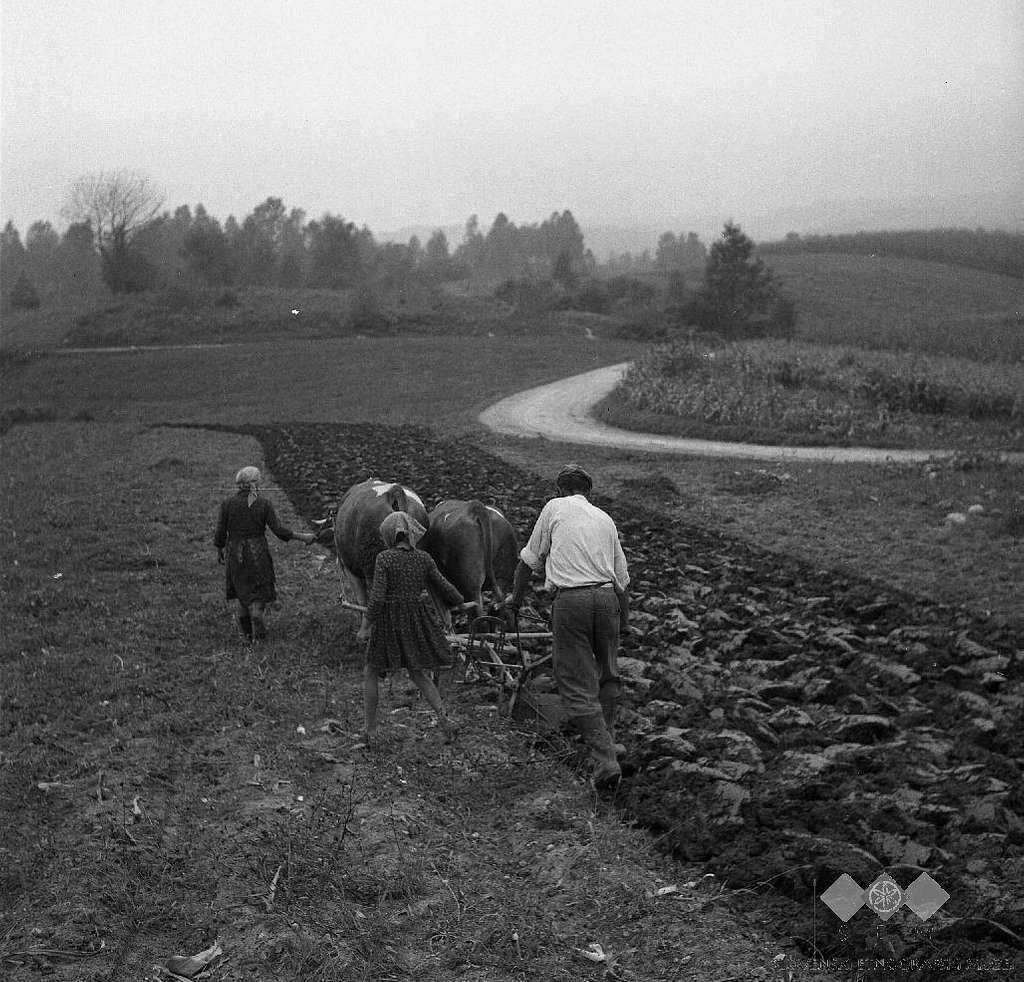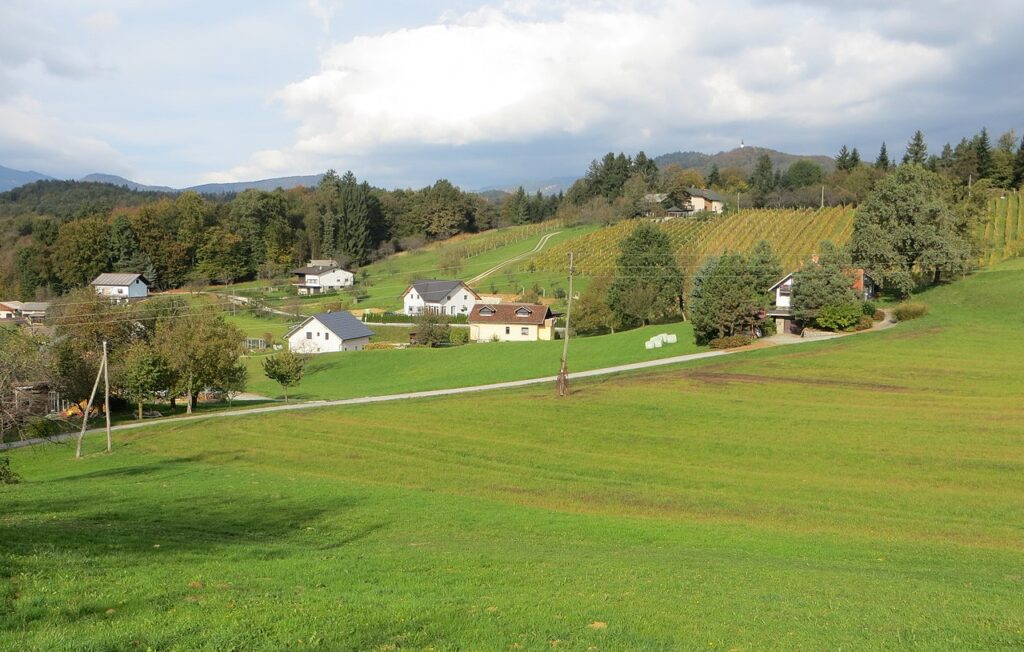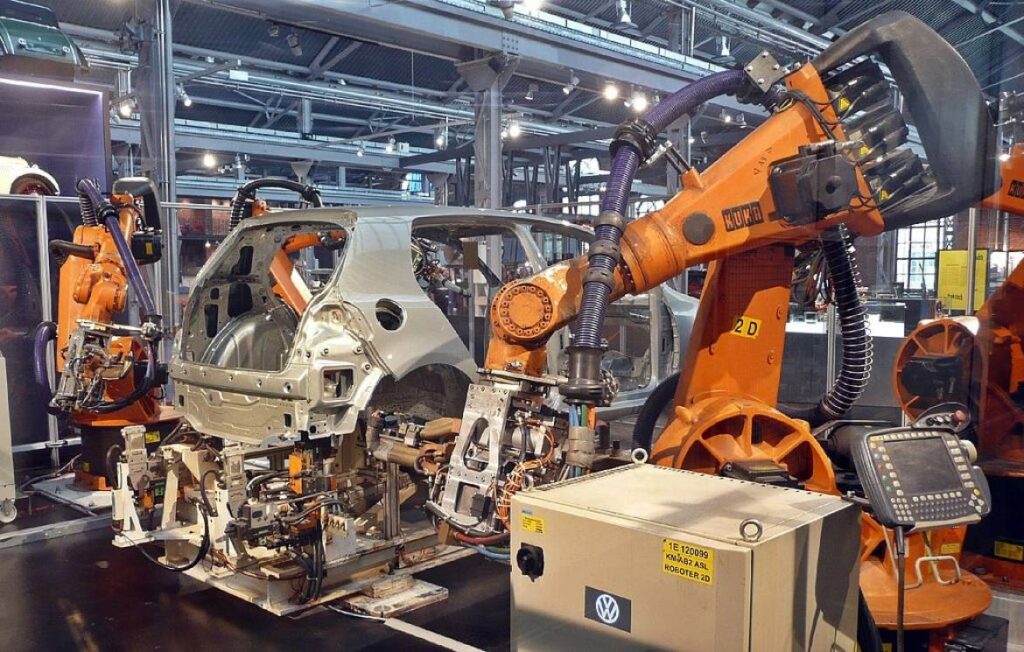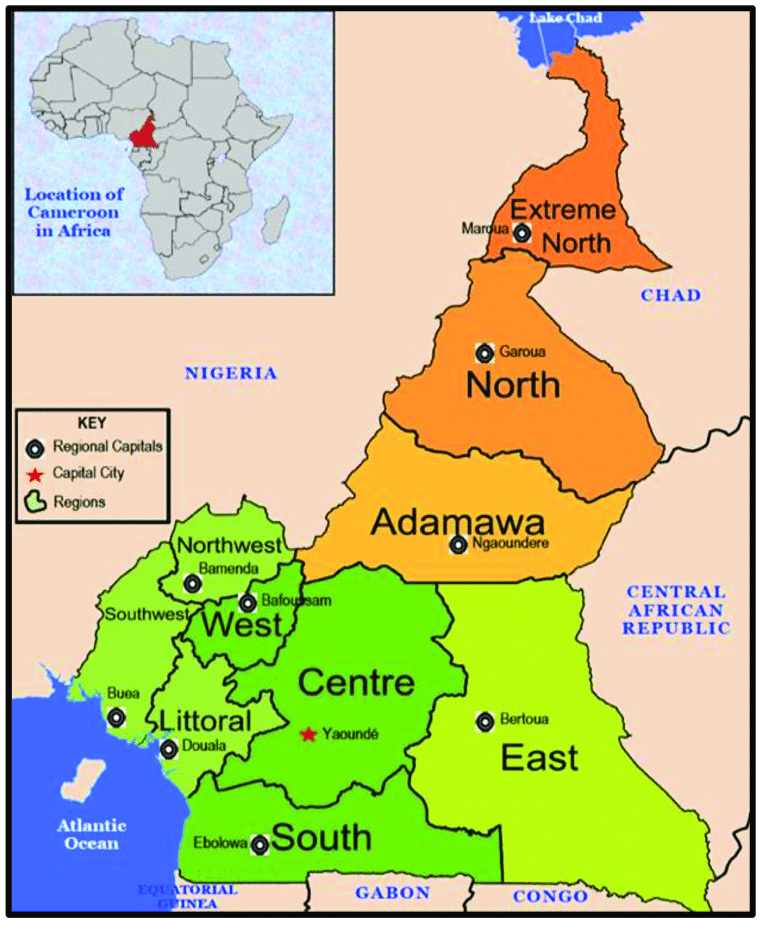EspaceElab: Pioneering Innovation and Sustainability in Environmental Monitoring
Espace elab: Pioneering Innovation and Sustainability in Environmental Monitoring
In an era where global challenges like climate change, environmental degradation, sustainability, food security, shifting weather patterns, and healthcare accessibility dominate the landscape, comes a company that has emerged as a forward-thinking company addressing these complex issues. They have developed cutting-edge technological solutions designed to meet the critical challenges of tomorrow with sustainable, efficient, and effective tools. By supporting the advancement of smart agriculture and healthcare, they are helping create a future where these essentials are accessible to all, fostering both economic and social development.
Espace Elab is an Italian-based company specializing in advanced energy solutions, sustainable agriculture, livestock management, and healthcare. Leveraging smart technology for a greener future, their innovative projects showcase the integration of cutting-edge technology with environmental sustainability. With a strong emphasis on research and development, Espace Elab uses technologies such as IoT (Internet of Things), big data, and artificial intelligence to provide real-time solutions that enhance productivity and sustainability.
With a clear mission is to foster sustainable progress by adopting cutting-edge technology. The company believes that innovation can significantly improve both operational efficiency and ecosystem health. Through precise monitoring devices that provide essential data, Espace Elab empowers users to manage resources responsibly and efficiently.
What Do They Specialize In?
Accelerating Innovation with Rapid Prototyping
A cornerstone of Espace Elab’s approach is rapid prototyping, which allows the company to quickly test new ideas and develop solutions that meet market demands. By leveraging this technology, Espace Elab ensures its devices remain at the forefront of innovation. This also optimizes projects to enhance the integration of renewable energy and telecommunications, ensuring each solution is both innovative and practical.
An Integrated, In-House Development Process
From hardware design to software development, Espace Elab manages all aspects of product creation in-house. This integrated approach guarantees a high standard of quality and ensures that each system meets the unique needs of its clients. The seamless interaction between hardware and software creates a consistent, reliable product.
Commitment to Reducing Environmental Impact
Yes, Sustainability is at the core of Espace Elab’s operations, they are not only committed, but they act to reduce environmental impact. The company is dedicated to minimizing its ecological footprint by using sustainable materials and environmentally responsible production practices. Every device is powered exclusively by renewable energy, making Espace Elab’s systems virtually self-sufficient. This commitment aligns with global ecological goals and ensures that their solutions are as green as possible.
Looking Ahead Innovation for a Sustainable? Your trusted Research and development partner for an efficient Collaboration
Espace Elab is a trusted partner in research and development, dedicated to fostering efficient collaboration. The company works closely with universities, research institutions, and industry experts to ensure their solutions are at the forefront of technological innovation. This collaborative approach drives their product development and fosters a culture of continuous improvement.
Their commitment to sustainability goes beyond their current product line. Espace Elab is constantly investing in research and development, seeking new ways to innovate and improve their technology. By focusing on sustainable practices and groundbreaking solutions, the company is determined to remain ahead in an ever-evolving industry.
More info: https://www.espaceelab.com/
EspaceElab: Pioneering Innovation and Sustainability in Environmental Monitoring Read More »







